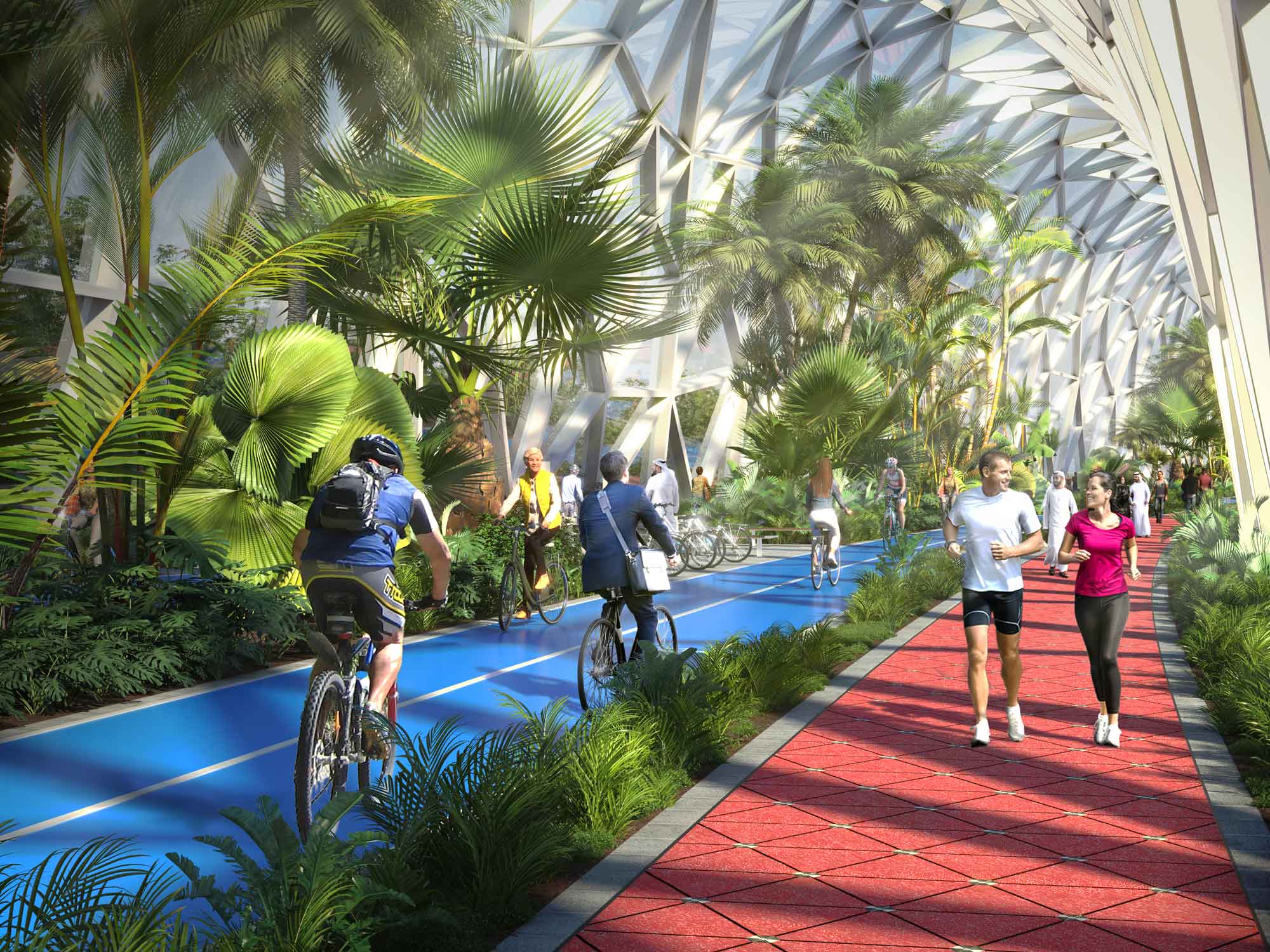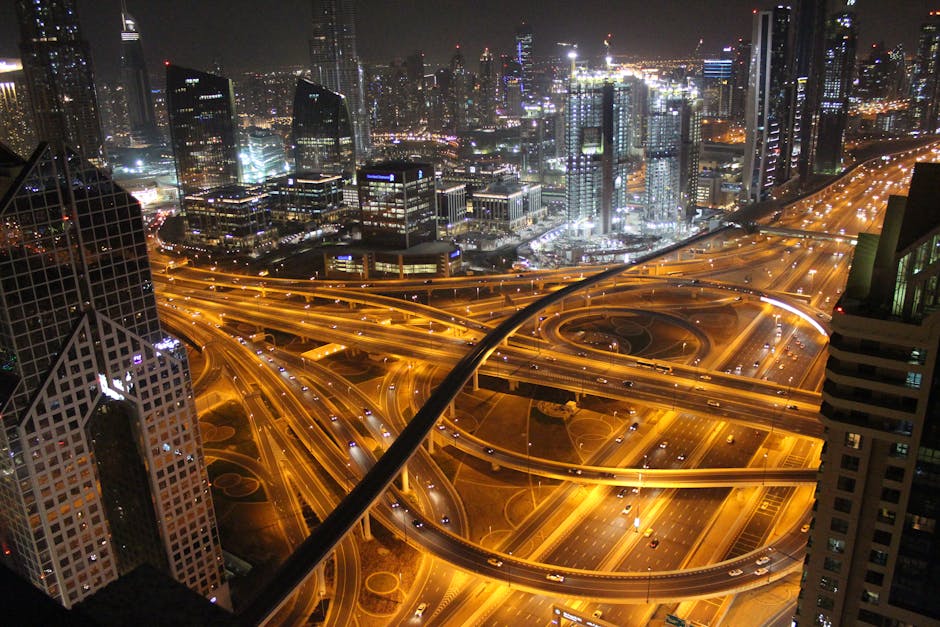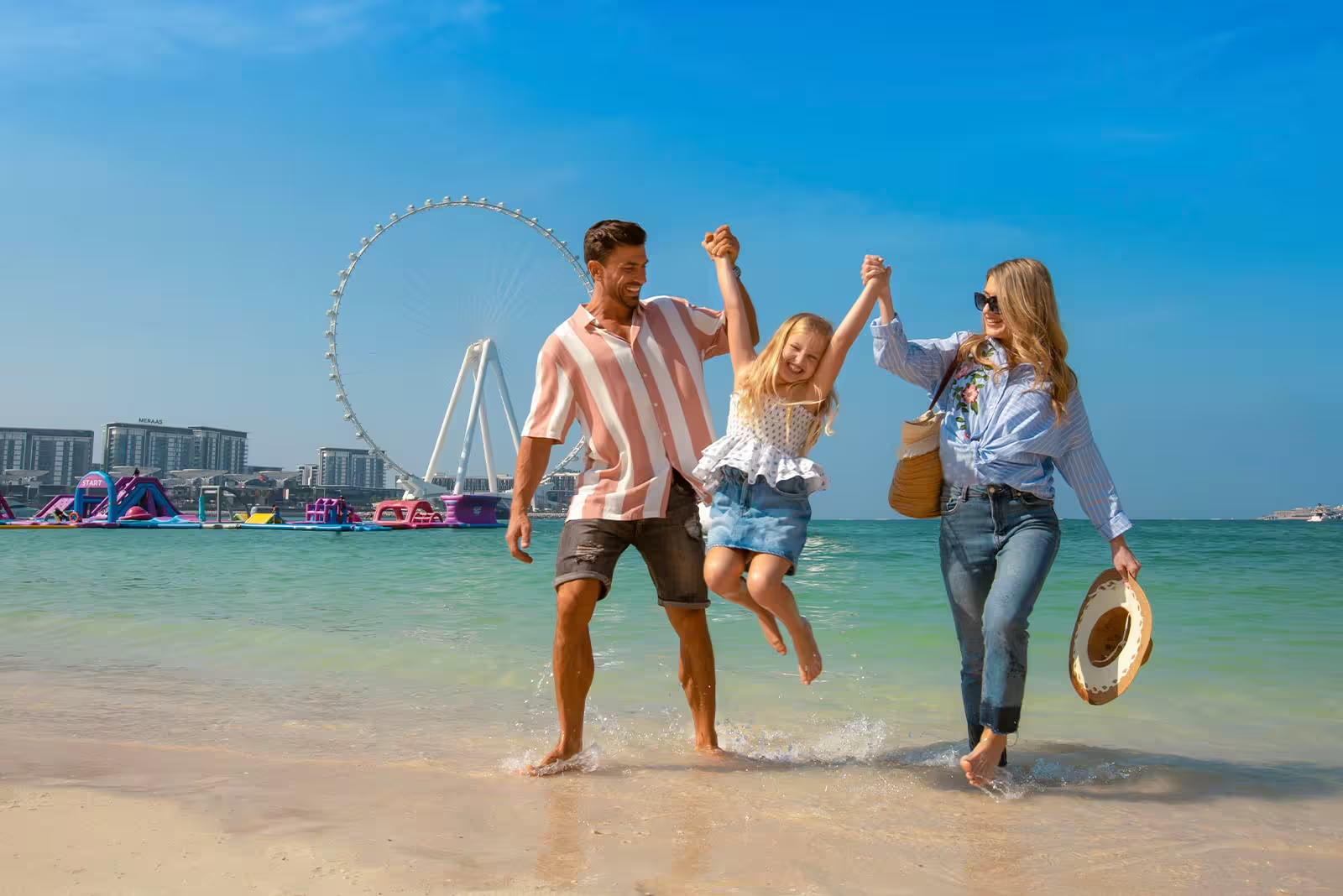- What is Dubai Vision 2040?
- A City Reimagined
- Beyond the Master Plan
- Navigating the Future
- Conclusion
- Frequently Asked Questions
Dubai Vision 2040 is a comprehensive urban plan charting the city’s development and envisioning a sustainable, human-scale future.
The vision focuses on improved public spaces, greenery and mixed-use communities. Planners seek to smooth life for residents and elevate the city’s global status.
Highlights on living, working and local services are also a key component of this vision. The following sections illustrate how Dubai’s plan functions and what it might signify for everyday life.
What is Dubai Vision 2040?

Dubai Vision 2040 is a long-term urban master plan. It directs how Dubai will develop until 2040. It’s about making Dubai the best city to live in, for almost 5.8 million people, without sacrificing quality of life. Sustainability, global competitiveness, and the desire to reconcile new growth with respect for the city’s history are emphasized by the plan.
1. People-Centric City
Dubai Vision 2040 places people at the center of urban planning. The vision helps in developing communities where residents feel a sense of belonging and security. It targets convenient accessibility to parks, stores, schools, clinics, and athletic fields in every neighborhood. New footpaths and bike paths will facilitate mobility and encourage an active lifestyle.
The master plan aims to ensure all demographics, from families to young professionals and older adults, feel welcomed with spaces to work, play, and rest.
2. Economic Engine
Dubai hopes to maintain its position as a business hub. Vision 2040 supports the development of new business districts and tech hubs, such as Dubai Internet City. The plan entices local and global investors with flexible regulations and tax incentives. This benefits startups and large corporations alike.
By forging powerful partnerships, Dubai aims to reduce its dependence on oil and expand employment across multiple industries.
3. Sustainable Future
Green energy and smart buildings are crucial in Dubai’s vision. Solar panels and energy-saving technology will fuel homes and offices. The city monitors its energy consumption and subsequently adjusts to minimize waste. New regulations incentivize constructors to choose sustainable materials and preserve flora and fauna.
Open parks, tree-lined streets, and nature reserves keep the city green for the long run.
4. Heritage and Culture
Preserving heritage sites such as Bur Dubai and Deira is a priority in the Dubai urban master plan. Dubai Vision 2040 blends new construction with heritage, ensuring a sustainable environment. Additional festivals and art shows will pay tribute to the city’s origins while enhancing urban development.
5. Advanced Governance
Transparent and open meetings, along with clear rules, guide urban development in the city. Residents have a voice through surveys and forums, contributing to the comprehensive planning process. Data and maps assist leaders in making improved infrastructure plans while adhering to the core objectives of environmental sustainability.
A City Reimagined
Dubai Vision 2040 aims to transform the city into an example of contemporary, people-first design, aligning with the urban master plan’s key objectives. The scheme unites green spaces, smart tech, and new public spaces to support sustainable housing and enhance the urban environment for a diverse population.
Green Corridors
Green corridors are essential for providing habitat for flora and fauna in the city. They assist in linking parks, gardens and nature reserves, easing the path for wildlife to roam and flourish.
These green connectors provide residents new spaces to stroll, congregate, and breathe. Doubling the area for parks and reserves, Dubai seeks to promote health and happiness among all.
The more plants, the cleaner the air, less heat, better mood for those who live and work there. Urban gardens, particularly in homes and schools, make green spaces a part of everyday life and help educate about nature.
Sustainable Mobility
A superior public transit system is central to Dubai’s plan. The city is going to introduce additional metro lines, trams and buses, so that people have got more means of transport.
It is to allow most folks arrive at what they need within 20 minutes. Bike paths and walkways are envisioned.
These provide healthier, green alternatives for bug trips. Smart traffic will reduce jams and smooth travel.
Integrated Communities
Dubai advocates communities that blend residences, stores and parklands. These locations assist people in addressing daily needs near to home.
Walkable streets and easy access to schools, clinics and stores create a tighter community and save time. Folks are likewise invited to assist planning these spaces.
When residents share what they need most, the city can mold spaces that are genuinely helpful and inviting.
Public Beaches
Public beaches will be enhanced as central destinations for enjoyment and relaxation. They will be open to everyone, not just visitors.
There will be an addition of better trails, clean restrooms, and intelligent security systems. New cafes, shops and sports areas will keep beaches vibrant.
Better coastlines translate into more opportunities for events and gatherings. Families, friends and visitors would have more to do at the water’s edge.
Beyond the Master Plan

Dubai Vision 2040 is more than a master plan; it is a comprehensive planning strategy that explores agile, tech-infused concepts influencing urban development. Dubai aims to be a global leader in city design by not only constructing but also harnessing intelligent tools to meet emerging demands and challenges. This section outlines how the city is integrating urban planning for future growth.
Digital Twin
A digital twin is an updated in real-time, virtual replica of the city that supports urban planning efforts. It collects data from sensors on streets, buildings, or utilities, displaying to leaders what is occurring in the moment. This innovative approach helps urban planners identify issues, prototype solutions, and make faster, more intelligent decisions regarding the urban master plan.
For instance, when traffic jams occur, planners can reroute or resignal in the digital twin and then apply those results to the physical world. By employing digital twins, Dubai can try out changes before investing in sustainable housing or new parks. This leads to fewer surprises, more efficient use of resources, and a streamlined way to address the needs of urban areas experiencing growth.
Ultimately, digital twins facilitate comprehensive planning and allow planners to imagine what happens if they add more homes or develop new recreational spaces. This method ensures a more sustainable environment and supports the city’s vision for future development.
Climate Resilience
Dubai’s plan takes climate risks seriously. Cities must cope with heat, storms and rising seas. Dubai is putting in green spaces, drought-tough plants and energy efficient buildings.
These measures assist the city in managing severe seasonal weather, while maintaining safe and healthy living conditions for its residents. The city supports projects that consume less water and energy, and can withstand heat waves or floods.
That covers new rules for buildings and more support for solar and smart grids. It’s about maintaining momentum in the city when nature challenges it.
Urban Centres
Investing in bustling downtowns rewards. These tend to be places with robust nearby roads, transit, and jobs as well. They want to live here and work here and play here — so houses and offices remain highly sought after.
This strong demand allows rents to be higher, and values to increase over time. The hum of urban life, combined with convenient access to retail and parks, draws in both domestic and international purchasers.
Coastal Zones
Dubai’s shores pull so strongly for growth. Beachfront homes and hotels draw both people who want to live by the sea and those visiting for a holiday.
Tourism is a huge component of Dubai’s economy, and every new resort or marina helps fuel jobs and spending. Investors recognize an opportunity to earn money from these bustling, energetic spaces.
Rural Areas
Dubai’s hinterlands are generating more interest. These communities are tranquil and spacious, and can accommodate sustainable houses or farms.
For those seeking a slower pace, there are new, green communities outside the city.
Opportunity | Example Projects | Benefits |
|---|---|---|
Eco-tourism | Desert lodges, farm stays | Nature, culture, jobs |
Agriculture | Organic farms, green tech | Local food, new skills |
Rural homes | Small villages | Quiet life, low costs |
There’s a certain glory to living in the country, open land and close neighbors.
Navigating the Future

Planning will define how Dubai develops as a city. To that end, Dubai recently unveiled its Dubai Vision 2040 Urban Master Plan, which charts a course for blending new tech, green spaces, and innovative human-oriented concepts. The city plans to reduce its carbon footprint, increase parkland and encourage mixed-use neighborhoods where work, life and play intersect.
Growth that strikes a balance between old and new, maintaining historic places alive as it intelligently integrates smart city tools and AI into day-to-day life. The initiative outlines objectives such as achieving 25% driverless transit trips by 2030 and creating additional walk and bike-friendly areas.
Private Sector Role
The private sector plays a crucial role in realizing Dubai’s urban master plan. By engaging in public-private partnerships, companies contribute innovative approaches, fresh ideas, and capital, which significantly enhance urban development. These collaborations can lead to improved infrastructure, smart grids, and digital tools that align with the city’s vision for sustainable housing and economic prosperity.
As these communities grow, they stimulate economic development by fostering entrepreneurship, piloting new technology, and creating employment opportunities. When investors support green buildings and smart transport systems, they are investing in a comprehensive planning strategy that ensures a sustainable environment for all.
Potential Hurdles
So much can interfere with a grand plan like this. Fast expansion implies that additional residents will require housing, employment and transportation. There is the danger that aged infrastructure isn’t able to meet new requirements.
City leaders require strategies capable of rapid adaptation — such as adaptive zoning policies and open data infrastructures. Ongoing check-ins and candid feedback identify issues before it’s too late and ensure everything stays on course.
It’s difficult to stay current with new technology. Not all systems are compatible, and some groups may be at risk of being left behind. A combination of robust management, periodic audits and explicit objectives assists correct errors and establish confidence.
Adaptability is crucial. The city has to move its plans as needs and trends do.
Conclusion
Dubai vision 2040 provides a lucid trajectory for sustainable development. The city’s ambitious plan seeks to increase green spaces, develop new public transport, and cultivate new work-life hubs. Planners employ smart tech, considered steps and actual data to drive each decision. The plan considers employment, housing, and transportation. You experience it in new parks, bustling metro stops, and lush new business districts. Vision 2040 work brings tangible transformation to everyday life, not only for residents but for everyone. To follow what’s next in Dubai or see how other cities are harnessing clever concepts, see more updates and pro tips on future trends.
Frequently Asked Questions
What is Dubai Vision 2040?
That is part of Dubai Vision 2040. To make Dubai more sustainable, livable and people-centric by 2040.
Why was Dubai Vision 2040 created?
The urban master plan considers fast growth and forward-looking needs, aiming to enhance quality of life, expand greenery, and foster economic development.
What are the main goals of Dubai Vision 2040?
The main objectives of the urban master plan are to increase green space, improve mobility, encourage sustainability, and build thriving communities for both locals and tourists.
Who benefits from Dubai Vision 2040?
Residents, businesses, and visitors all win in the urban development of Dubai. It centers on better living standards, increased public spaces, and sustainable economic possibilities.
How does Dubai Vision 2040 support sustainability?
Dubai Vision 2040 emphasizes sustainable building practices and effective public transport networks as part of its urban master plan to reduce the city’s ecological imprint.
Is Dubai Vision 2040 only about infrastructure?
No, the urban master plan addresses social well-being, economic growth, and cultural development as well, ensuring comprehensive planning for all-encompassing advancement.
When will Dubai Vision 2040 be completed?
The urban master plan set for 2040 will focus on incremental changes and continuous refinement to enhance urban development.



